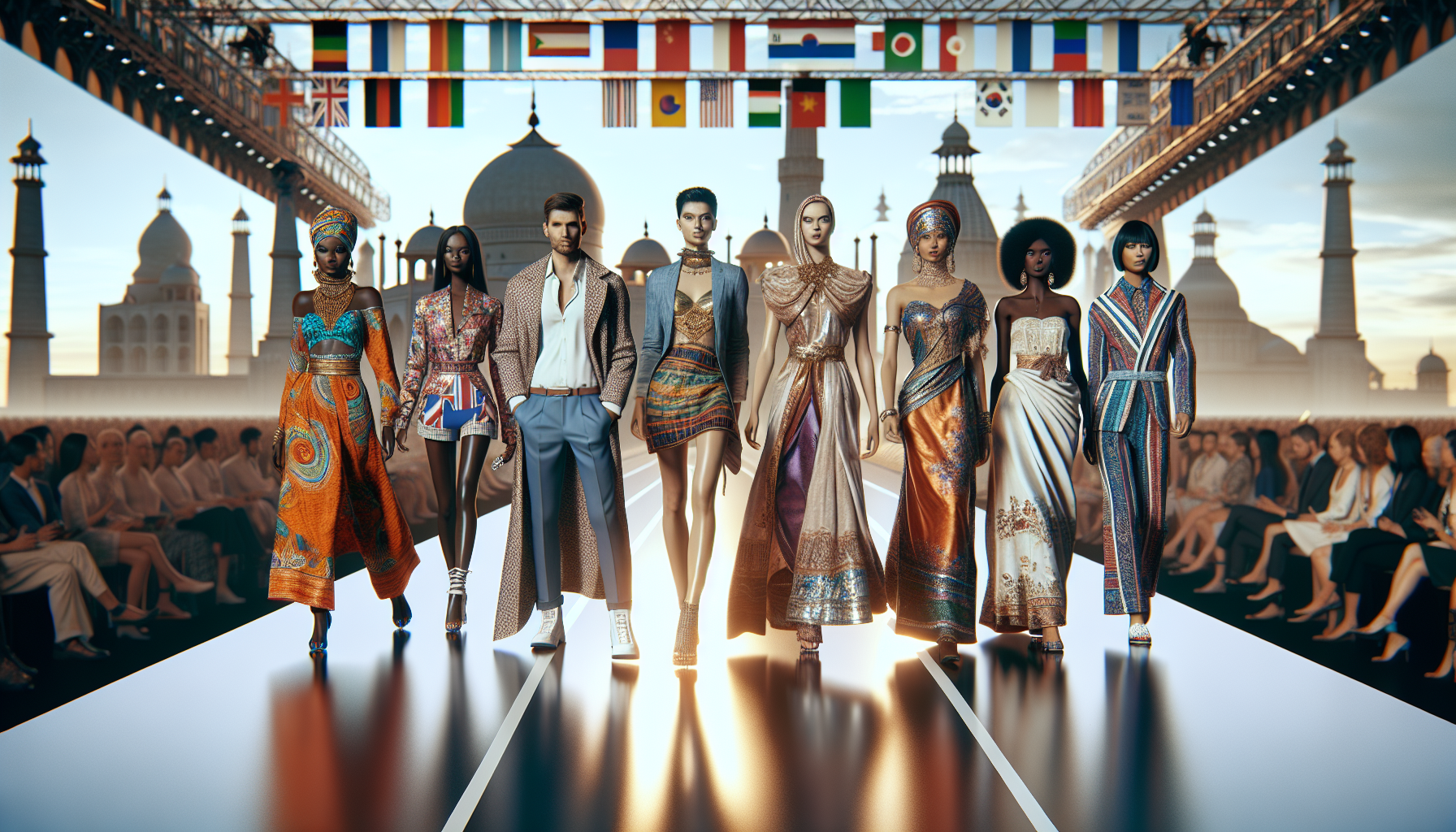The fashion industry has long been a kaleidoscope of cultural expressions, representing many traditions and histories from around the globe. In recent years, the surge in globalization has made the transference of fashion trends faster and more fluid. Technological advancements, excellent connectivity, and the increased accessibility to international markets have facilitated a melting pot of styles where borders are blurred and local trends gain global appeal. This article explores the most prominent manifestations of how globalization has reshaped fashion trends worldwide.
The Digital Catwalk: Social Media as a Launchpad for Global Trends
No discussion of global fashion is complete without acknowledging the paramount role of social media. Platforms like Instagram, Pinterest, and TikTok have democratized fashion, enabling trends to emerge from any corner of the planet and gain instant worldwide exposure. Influencers and fashion icons from diverse backgrounds showcase their style, drawing inspiration from their local culture while influencing a global audience.
Not only do these platforms serve as a digital catwalk, but they also foster interactions that transcend linguistic and territorial borders. A trend that begins in Seoul, such as the “oversized minimalist” look, can quickly gain traction in cities like New York or Milan. Social media also celebrates diversity, bringing forward trends epitomizing inclusivity, such as ‘modest fashion,’ which has grown from a niche market to a global phenomenon.
Blurring Boundaries: The Fusion of Eastern and Western Aesthetics
One of the most striking examples of globalization in fashion is blending of Eastern and Western design elements. This interplay can be observed in the popularity of Indo-Western fusion wear, which marries the opulence of Indian fashion with the simplicity and functionality of Western clothing. Designs such as the saree gown or the kurta shirt symbolize a cultural dialogue through fashion, appealing to a demographic that resonates with hybrid identities.
Parallel to this Eastern-Western fusion is the rise of K-fashion and J-fashion in the West. South Korea’s reputation for innovative style, often seen in its vibrant streetwear, has influenced Western designs. At the same time, Japanese fashion, known for its craftsmanship and unique approach to minimalism and deconstruction, has infiltrated Western haute couture. These trends highlight how fashion dialogues are becoming increasingly bidirectional.
The Resurgence of Artisanal Traditions
As fashion becomes more global, there’s also a countertrend towards appreciating local, artisanal craftsmanship. Many consumers seek authenticity and a connection to the cultural heritage of their clothing. This shift has led to the resurgence of traditional techniques like hand-weaving, embroidery, and dyeing methods such as batik and shibori.
Luxury brands are incorporating these artisanal practices into their collections, catering to a clientele that values the narrative of their garments as much as the aesthetics. By integrating local artisanal skills into their designs, fashion houses preserve cultural heritage and add a layer of exclusivity and luxury to their products.
Sustainability: A Universal Language in Fashion
One of the most significant and unifying trends across the global fashion landscape is the pivot towards sustainability. As awareness of the fashion industry’s environmental impact grows, consumers worldwide demand environmentally responsible clothing. This shared concern has led to the popularity of sustainable fashion practices like upcycling, the use of biodegradable materials, and the slow fashion movement.
Brands from every continent are making strides to adopt more sustainable practices, which often draw from local traditions of resourcefulness and natural materials. Consumers increasingly support brands that are transparent about their supply chain and invest in ethical production methods.
The Role of Fast Fashion
The global reach of fashion trends can also be attributed to fast fashion retailers. Companies like Zara and H&M have made the latest styles accessible and affordable to a mass audience. They rapidly translate high-end fashion into ready-to-wear collections that reflect current global trends. However, this convenience comes at a cost: fast fashion has been criticized for its unsustainable production methods and contribution to a culture of consumerism and waste.
Despite the criticisms, the prevalence of fast fashion shows the desire for global consumers to participate in the latest trends, further indicating fashion’s expansive reach.
The Future of Global Fashion
The globalization of fashion is an ever-evolving phenomenon, with trends ebbing and flowing at an accelerated pace. The result is a rich tapestry of designs reflecting an increasingly interconnected world. The future promises a further amalgamation of styles and traditions, merging the past with the present to create a dynamic future for global fashion.
As we look ahead, one can expect to see an industry that continues to adapt to technological advancements and cultural exchanges. The global fashion landscape will likely be characterized by its inclusivity, adaptability, and responsibility, as it acknowledges the ever-changing desires of a diverse world audience.

